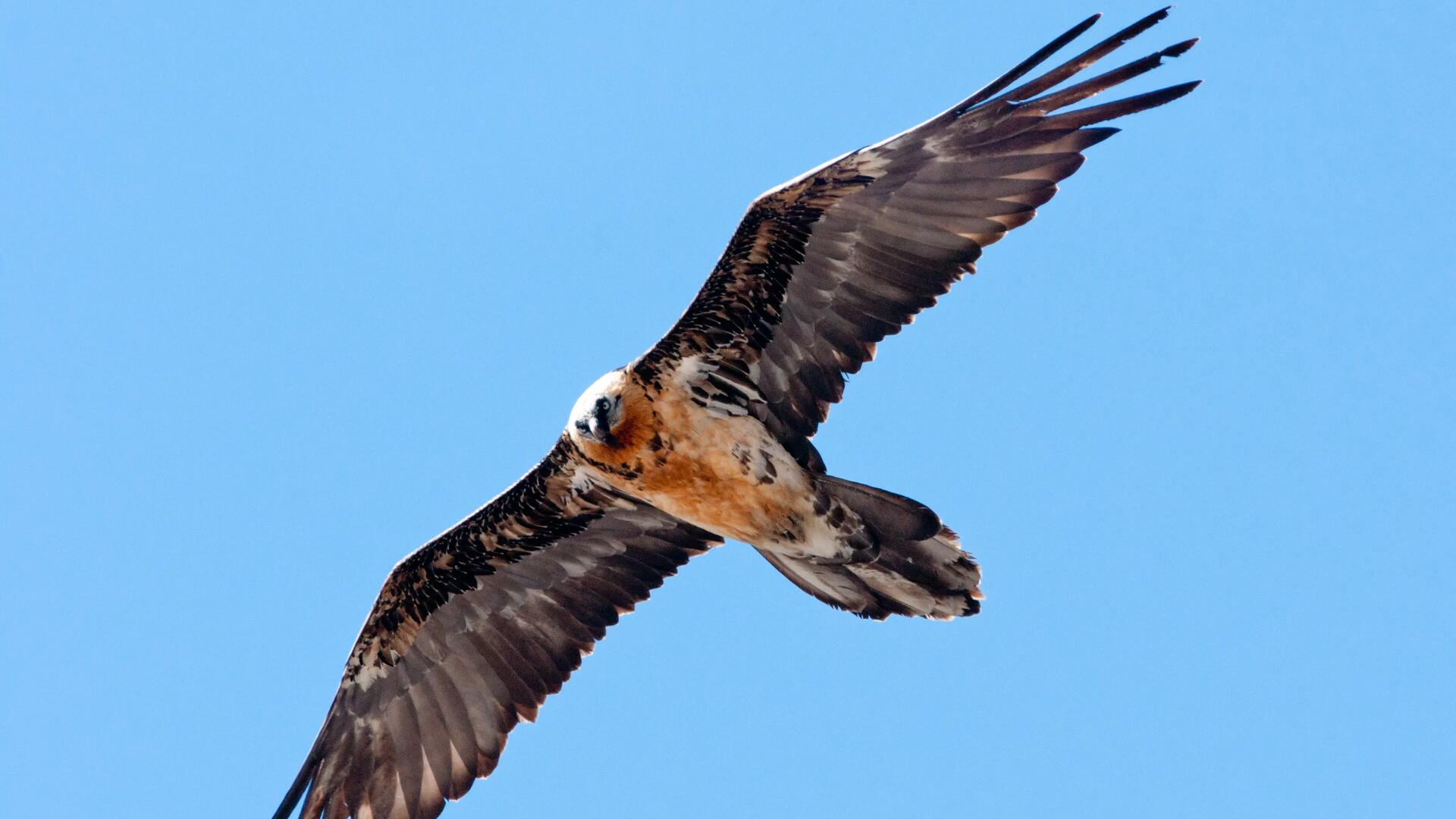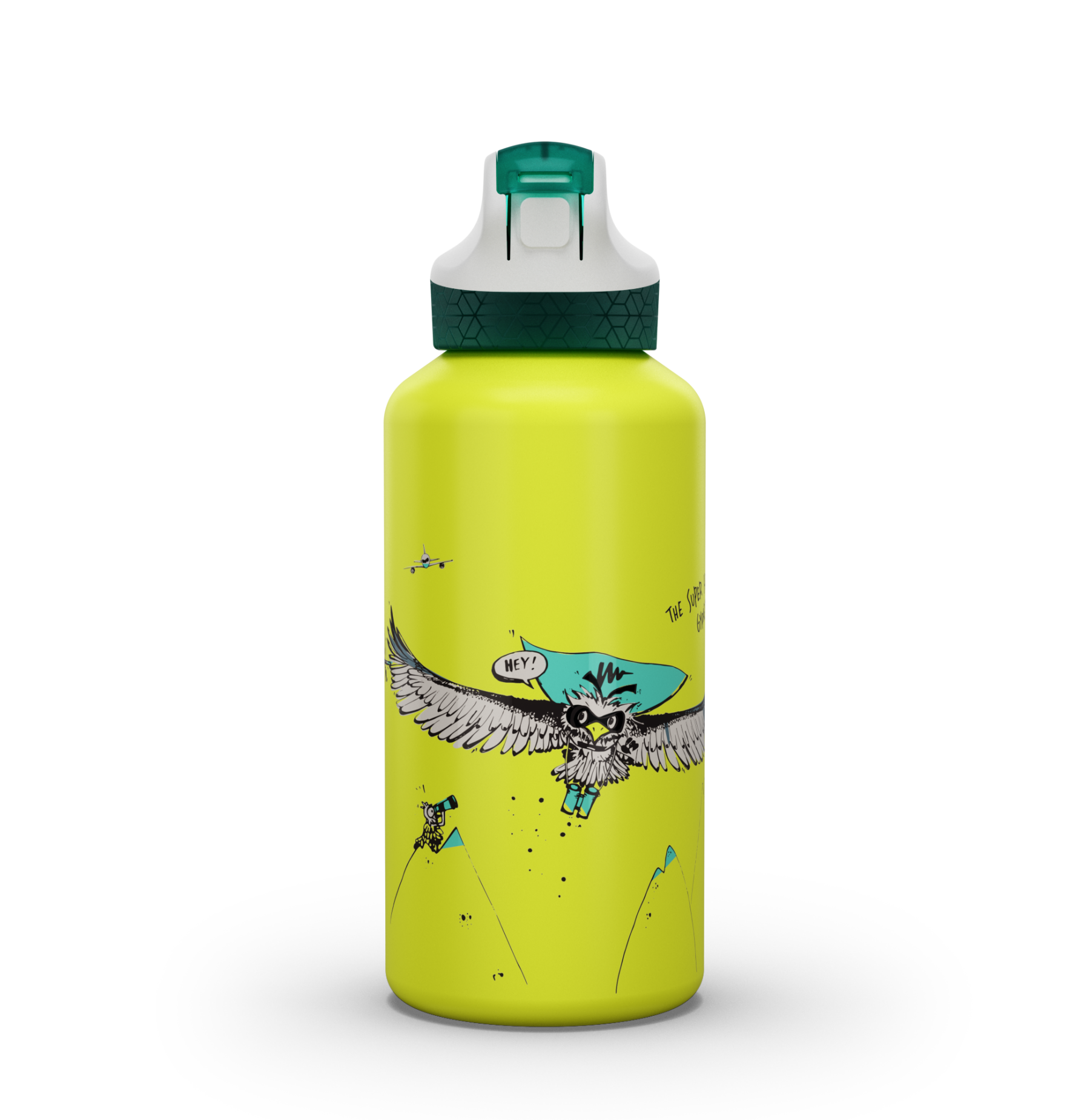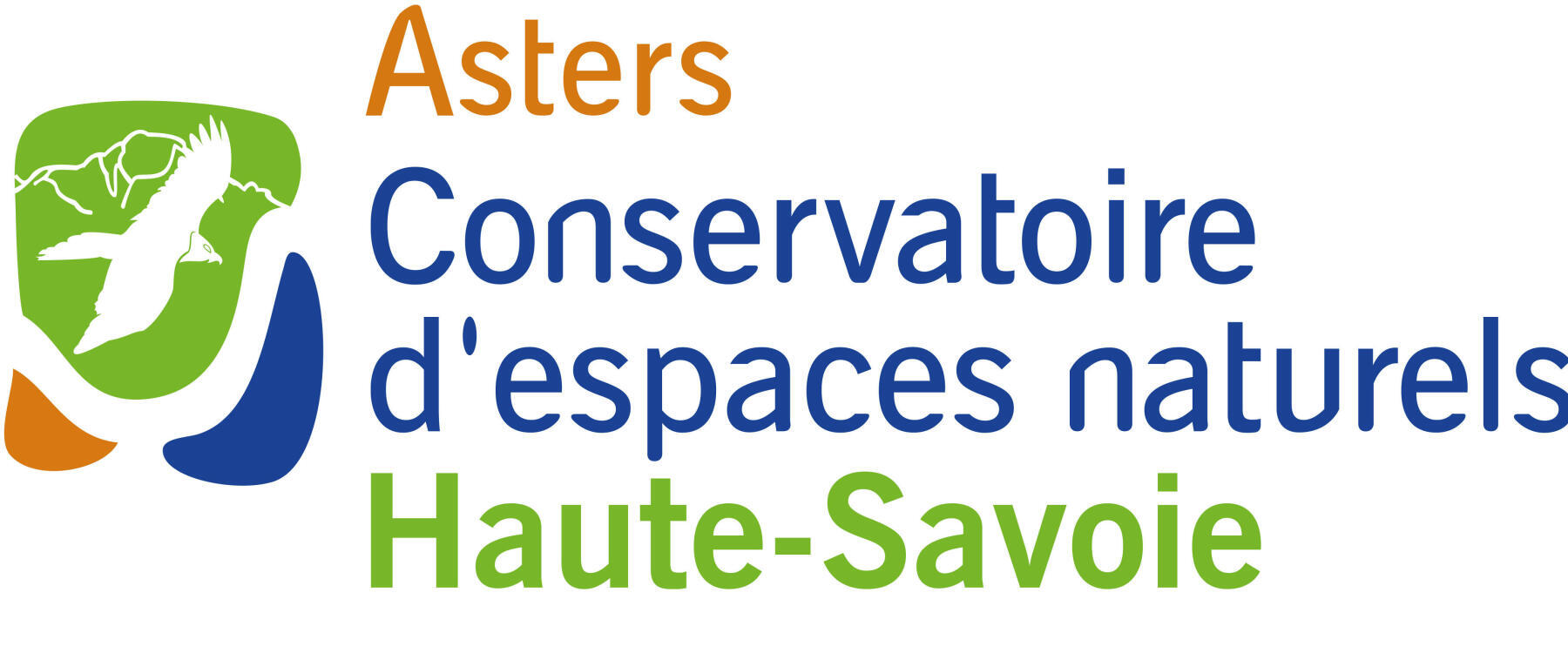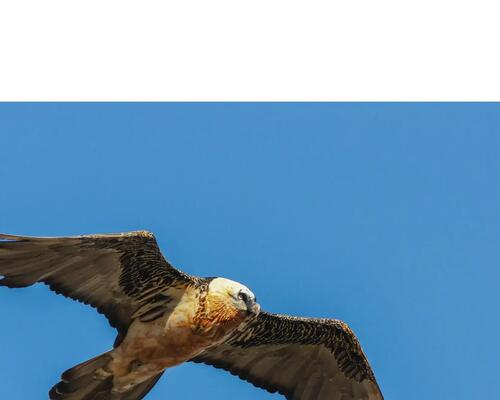The bearded vulture, a mythical species in our mountains
This bird is one of the 4 species of vultures found in Europe; with a wingspan of up to 3 metres, it often nests above forests on steep cliffs. It’s a species that feeds mainly on bones (up to 30cm), which it swallows as they are, breaking the largest ones by carrying them up high and dropping them onto the rocks. It acts as a cleaner for the mountains.
A vulture can live for 30 years and needs a large area to live and feed on. After being born, it travels on average 5 or 6 years before settling down with a partner with whom it can reproduce each year by giving birth to 1 chick, which will fly away every 2 or 3 years only !
Pursued relentlessly, it had disappeared from the Alps in the 1920s, where it has since been reintroduced from 1986. Nevertheless, it remains an endangered species and the causes of death are manifold (poisoning, hunting, collision with cables, nest disturbance). It’s also a species sensitive to disturbance in the nest during reproduction, which lasts 10 months a year !






